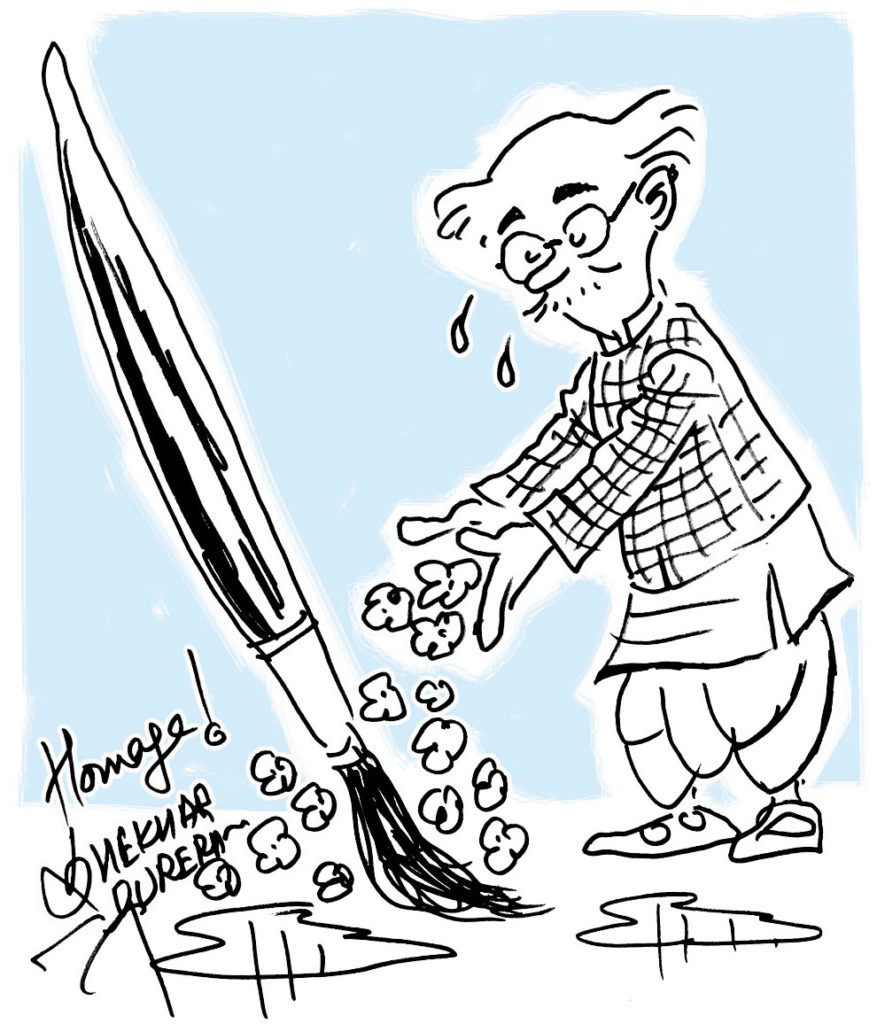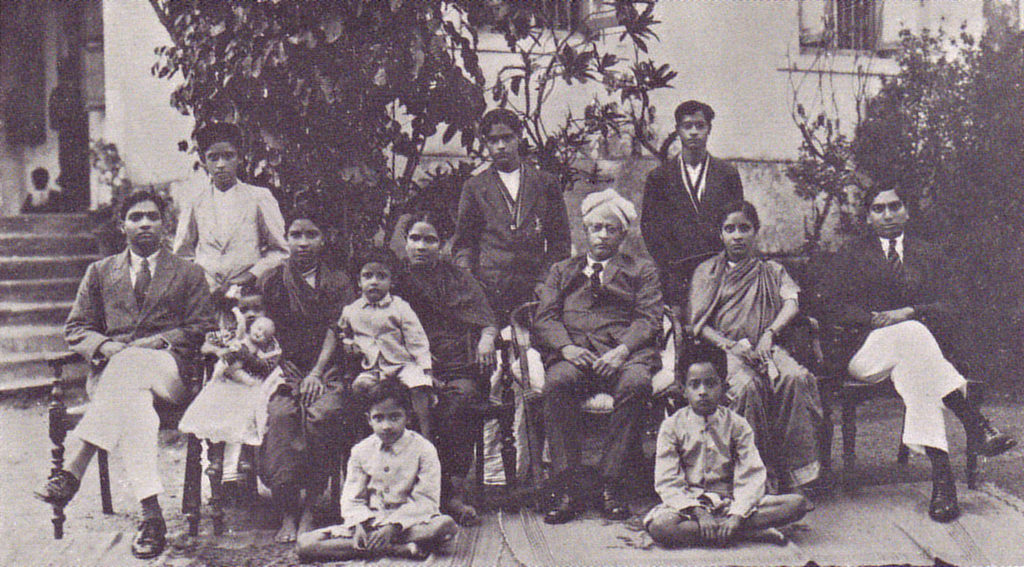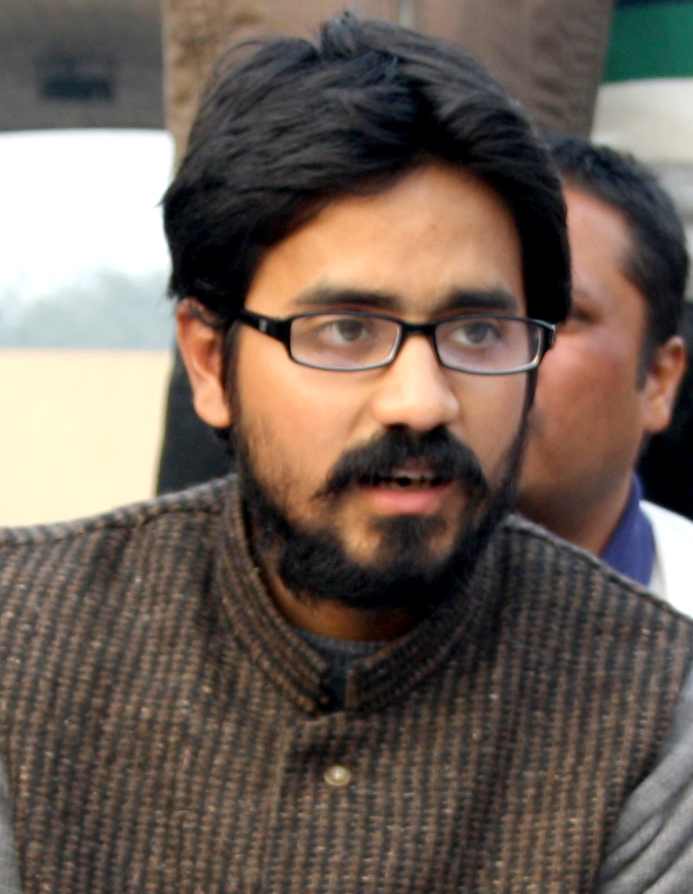By Ritika Soun

Indian politics is very dynamic and has been so since the establishment of the Indian democracy. As they say, the Indian constitution is a ‘living document’, and it is true in many ways. Not just because it is amended and adapted to the changing times and periods but to my understanding also because it voices the needs and protects the people against many ills. To address one such characteristic of our constitution is ‘the freedom of expression’. ‘Expression’ has always been an integral part of our growing up and more importantly in the Indian context- where the freedom of expression is given to us as a fundamental right. Some of us might have taken it for granted, some must be using it conventionally, while still some of us are struggling to come to terms with it. As when it comes to ‘express’, according to me it is quite ‘subjective’.
Virtual and visual media can be used in almost any discipline to enhance learning – both in and outside the classrooms. This visual and graphic learning is not only limited to classrooms but it expands to all (children, adult, or elderly). When things are presented in an attractive way like – through cartoons/ graphics or sketches, videos and others, then they become easily comprehensible and more relatable to the human mind. Similarly, Indian politics also has an alternative mode, rather an unconventional method of presenting the political discourses of India, i.e cartoons.
Cartoons liven up and energize people. They make people sit up and notice – either with a smile or a smirk. We witness them every day, either digitally via television or through the means of newspapers! And if one wants to explore the casual side of it, via memes.
A political cartoon, as Thomas Knieper describes, ‘is a drawing made for the purpose of conveying commentary on politics, politicians and current events. Political cartoons or editorial cartoons are a key indicator of the democratic health of a country. The cartoonists typically combine artistic skills, hyperbole, and satire to question authority and draw attention to corruption, political violence, and other social ills. Satire is an integral part of political cartoons and also eases the representation of a serious ill humorously for a larger audience. Cartoonists often use this to explore their opinions on an issue, for instance on ‘corruption’. Cartoonists use simple objects, or symbols, to stand for larger concepts or ideas. A good political cartoon makes one think about the current events, but at the same time, it also tries to sway one’s opinion toward the cartoonist’s point of view. The best political cartoonist can change one’s mind on an issue without us even realizing how s/he did it. (Isn’t it mesmerising!)
In India, political cartoons were and are still used to propagate ideas and change. The vernacular press and cartoons became (initially in the past) the medium to convey change and information and were considered opinionated and blunt, which is also the case if we look more closely. However, on the other hand, they also provided the grounds for arguing back and attempted to present the ‘harsh truth’.

India has been gifted with many such talented folks, who have been loved and adored by the people for decades. The discussion(s) on cartoons, illustrations, and humorists is incomplete without our ‘common man’ R.K. Laxman. This Padma Vibhushan is known for his wit and artistic vision, which has forever immortalized ‘The Common Man’- the bespectacled, dhoti-clad elderly character who was the cornerstone of his biting satire. The Common Man has represented the hopes, aspirations, troubles, and even foibles of the average Indian. Using his pen he beautifully represented the confusion, chaos and helplessness of the political scenario especially through ‘The Common Man’ which was indeed very common. He has never been associated with a toxic approach to politics. Furthermore, his ‘common man’ from the comic strip ‘You Said It’ became so common a name that it was turned into a comedy television series ‘R.K. Laxman ki Duniya (2011-13)‘. Even though he is no longer amongst us, his name is very much alive through his work – cartoons. He was such a visionary that his cartoons still stand to be relevant for contemporary society and times. Despite his achievements and awards, he was denied admission to the JJ School of Art in Mumbai. The school’s dean wrote to him that his drawings lacked “the kind of talent to qualify for enrolment in our institution”. As they say, the rest is history!

The cartoonists possess so much power in their characters that they can turn the tables upside down, just with a little support of the ‘public’. For instance, let us recall the incident of another Indian cartoonist Aseem Trivedi (2012). Cartoonist Aseem Trivedi has been associated with the ‘offensive’ sketches. One of the sketches that gained this negative light was his depiction of Parliament as a ‘national toilet’ and the ‘gang-rape of Mother India’. These depictions sent him to jail on September 24, 2012, with the charges of ‘sedition’. Isn’t it ironic that the one who is expressing the political reality (corruption) taking his creative license has been absorbed in the same with the highest of the charges? Isn’t it a retrospection to one’s ‘right to express’? Nevertheless, his arrest charged the public with anger and a lot of discussions and debates were held over it. Can this be an indicator of people’s voice and opinion under a democracy? Another example to show the creative way of dissent was recently witnessed during the CAA protest at Jamia Millia Islamia. It provided the writers and artists to ‘express’ their views.
Cartoons, particularly political cartoons and cartoonists are highly appreciated and applauded when they express in favour of power. At the same time, these cartoons and cartoonists are the ones who are trialed and tested when they express themselves against power. This brings us to the serious question of the depiction of such political cartoons – whether they are ‘offensive’, ‘controversial’ or just an ‘obverse’ of the same coin.
Similarly, there is another set of cartoons that are depicted on televisions in between the news bulletins. For instance, the ‘so sorry’ series which airs on Aaj Tak, dwelling on the present political atmosphere. Another cartoonist who has been working to depict the political discourses through his editorial cartoons is Satish Acharya.
On one hand, cartoons provide us with an alternative view and a much simpler way of understanding complex societal realities and politics, on the other hand, they are and have been tested and scrutinized time and again by the power.
Hence, it is only fitting to say that they are an integral part of the Indian political reality. Moreover, with the increasing thirst for political cartoons, we hardly find any newspaper which does not carry a cartoon, whether it is good, bad or indifferent. As cartoons are one of the few things that are not bound by boundaries- linguistic or otherwise and it is only through this that it has attracted audiences from across the Indian subcontinent and throughout the world.
Ritika is a museum enthusiast and likes to explore the diverse arts, culture and heritage of India. Living in a country which has been the storehouse of history in its every nook and crannies, it becomes really difficult for her to remain aloof from it for long. She believes that the community needs to know about this and this is what she is striving to achieve.



I together with my guys have already been taking note of the nice items on the blog while immediately I got a terrible suspicion I never thanked the blog owner for those strategies. All the ladies were consequently happy to read through all of them and have now surely been loving those things. Appreciate your simply being well helpful and then for settling on varieties of incredibly good issues most people are really needing to learn about. My very own sincere regret for not expressing gratitude to you earlier.
Nice blog here! Also your website loads up fast! What web host are you using? Can I get your affiliate link to your host? I wish my web site loaded up as quickly as yours lol
Hello this is kinda of off topic but I was wondering if blogs use WYSIWYG editors or if you have to manually code with HTML. I’m starting a blog soon but have no coding experience so I wanted to get guidance from someone with experience. Any help would be enormously appreciated!
I have been browsing on-line more than 3 hours today, yet I never found any interesting article like yours. It is beautiful worth sufficient for me. In my view, if all website owners and bloggers made excellent content as you did, the net can be a lot more helpful than ever before. “Nothing will come of nothing.” by William Shakespeare.
great issues altogether, you just received a new reader. What would you recommend in regards to your submit that you made some days in the past? Any sure?
This actually answered my drawback, thanks!
I am no longer sure the place you are getting your information, but great topic. I needs to spend a while finding out much more or working out more. Thanks for magnificent information I used to be looking for this information for my mission.
I want reading and I think this website got some really useful stuff on it! .
so much fantastic information on here, : D.
Hello there, I found your web site via Google while searching for a related topic, your site came up, it looks good. I have bookmarked it in my google bookmarks.
What i do not understood is in truth how you are no longer really much more well-preferred than you might be now. You are so intelligent. You realize thus considerably in relation to this subject, made me for my part imagine it from a lot of numerous angles. Its like women and men are not fascinated unless it is something to do with Lady gaga! Your individual stuffs great. Always maintain it up!